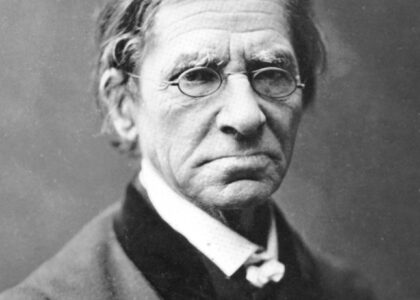Welcome to the Wolf Point Historical Society, a captivating glimpse into the rich tapestry of Montana’s past. Founded in the early 20th century, this establishment is dedicated to preserving and showcasing the vibrant history of Wolf Point and its surrounding areas. Wolf Point’s origins date back to the 1860s, when it emerged as a trading post at the confluence of Wolf Creek and the Missouri River. This strategic location made it a bustling hub for trade and interaction among early pioneers, Native American tribes, and fur traders.
As you explore the museum, you’ll delve into the stories of notable figures who shaped the region’s history. Among them are Philip “Sandy” Knorr and John Winn, pioneers who planted the first harvest in Northeastern Montana in 1874. Their efforts laid the groundwork for agriculture in the region, contributing to the development of Wolf Point.
A major turning point in the town’s history was the arrival of the Great Northern Railway in 1887, which further propelled its growth. By 1915, Wolf Point had incorporated as a city and soon became the county seat in 1919. The town’s evolution continued with the establishment of the Fort Peck Indian Reservation, making it a cultural and demographic focal point.
Wolf Point is perhaps best known for hosting the Wild Horse Stampede, Montana’s oldest rodeo, each July since its inception. This event, along with the Wadopana Pow-wow, the oldest traditional pow-wow in Montana, held in August, reflects the town’s enduring cultural significance.
Today, the Wolf Point Historical Society serves as a guardian of this rich heritage, offering visitors a chance to connect with the past through exhibits and artifacts that tell the story of the people and events that have defined the region.





